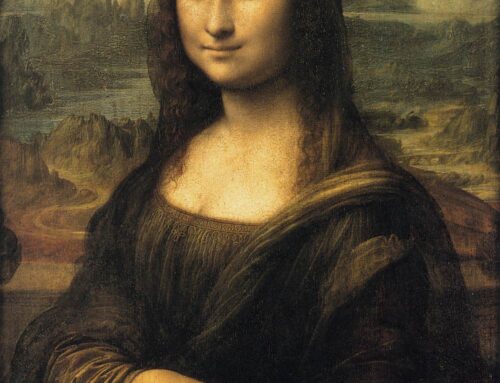Animating the soul (through computer design): a look behind the Pixar scenes. From the article:
How does Pixar distill big existential concepts into animated family movies? After exploring relationships (“Up”), emotions (“Inside Out”) and mortality (“Coco”), the studio is taking a run at the metaphysical with “Soul.”…
The filmmakers did research on such matters with priests, rabbis and other advisers, but most of their work was more straightforward. How do you draw a soul? Should the afterlife beckon with a bright light, as reported, or be rendered in a different way?
“Talking about all the grand ideas, that’s, like, half a percent of the job. Most of it is, how do we actually make this happen in a way that’s engaging and not confusing or overwhelming or too somber,” says director and writer Pete Docter, chief creative officer of Pixar Animation Studios….
The Pixar team learned that many traditions regard the human soul as invisible, like breath. Not easy to draw. At the same time, the filmmakers wanted to avoid anything that looked like Casper the Friendly Ghost. Artists initially drew souls as foggy, fuzzy, see-through figures, but their expressions and gestures were hard to read. So they added more definition and other details for the souls preparing for life on Earth, including purple eyes, because that color doesn’t naturally exist in humans. “In the end we went full circle. They sort of are ghosts. They’re just ghosts who haven’t lived yet,” Mr. Docter says….
Before being sent down to Earth, the childlike souls pass through a place where they’re matched with a purpose in their lives to come. Early ideas for this setting were inspired by the art and architecture of ancient Greece, the cradle of Western philosophy, and world’s fair exhibitions, but those references seemed too culturally specific. The filmmakers landed on a more ethereal setting where souls seek out their passions amid bursts of color.









Leave A Comment